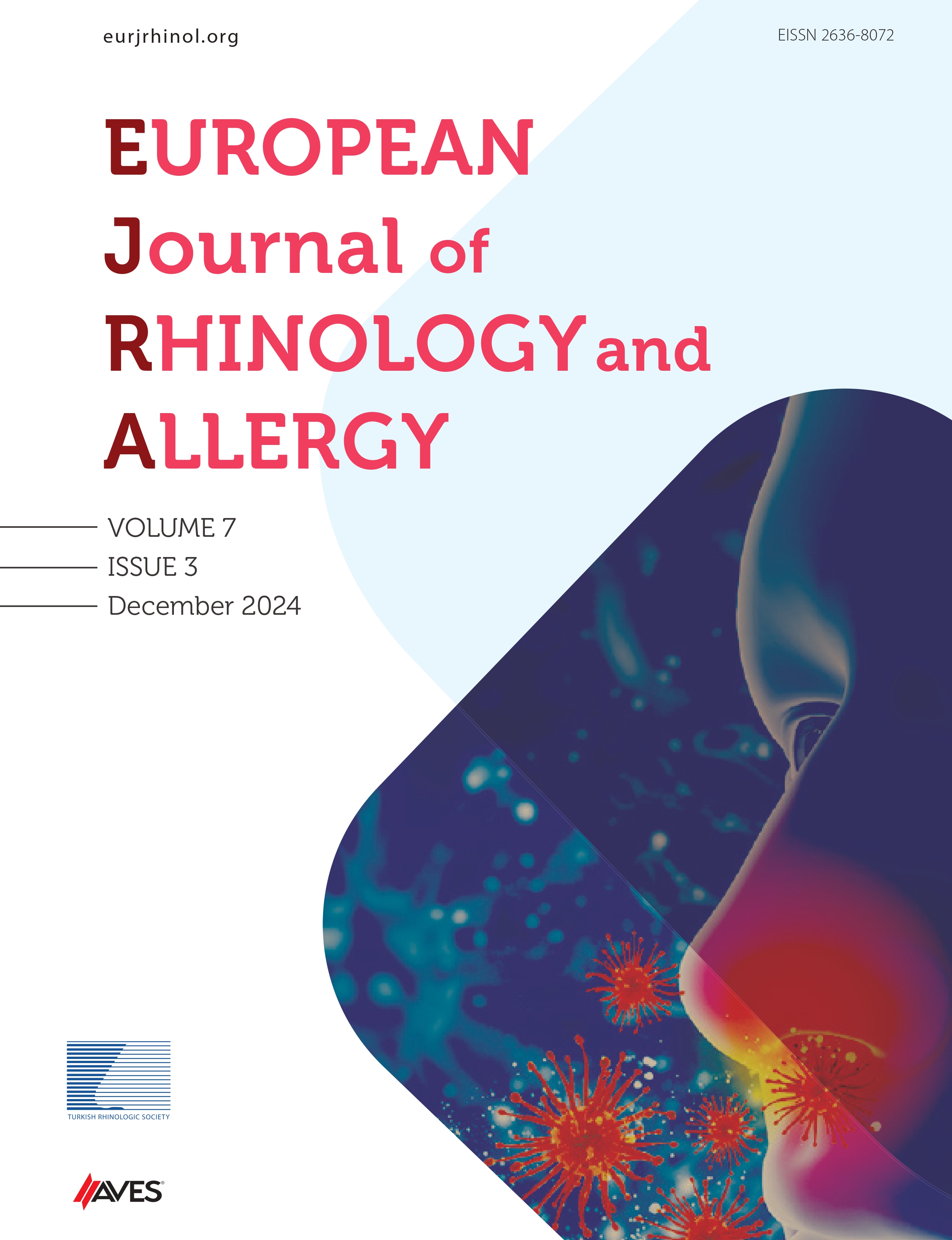The aim of this study is to examine the surgical methods and results according to the defect diameter and location, together with clinical and radiological findings in patients diagnosed with rhinorrhea in our clinic. Six patients diagnosed with rhinorrhea between March 2015 and August 2020 in the Department of Otorhinolaryngology and Head and Neck Surgery were evaluated retrospectively. Demographic features, clinical findings, imaging findings, and surgical treatment methods were analyzed. The age range is between 32 and 60 years, the mean age of the patients is 48.6. All six patients had a complaint of nasal discharge, which increased with leaning forward. Two patients had spontaneous rhinorrhea (2/6), two patients had traffic accident history accompanied by head trauma (2/6), in the history of other two patients included previous nasal surgery (2/6). The initial diagnosis of rhinorrhea was confirmed by studying b-2 transferrin in the samples collected from the nasal discharges of all patients. Brain magnetic resonance imaging and paranasal sinus computed tomography imaging were performed in all patients to identify the defect site. The defect site was in the lamina cribrosa in three patients (3/6; 7.4, 2, and 3 mm), in two patients, the defect site was in the sphenoid sinus lateral recess (2/6; 3.6 and 2.6 mm), and in one patient, the defect site was in posterosuperior wall of the sphenoid sinus (1/6; 3 mm). All patients underwent surgery with the endonasal endoscopic method. Surgical treatment is necessary to prevent life-threatening complications in patients with rhinorrhea. In suspected cases of rhinorrhea, the diagnosis of rhinorrhea is confirmed, and various surgical materials and methods are applied according to the defect location and size. As a surgical treatment method, endonasal endoscopic approaches have largely replaced transcranial approaches in recent years due to its high success rate and low morbidity profile.
Cite this article as: Gürlek IÖ , Aydin E, Gülüstan F, et al. Cerebrospinal fluid rhinorrhea: A single center experience. Eur J Rhinol Allergy 2021;4(3):94-98

.png)

.png)